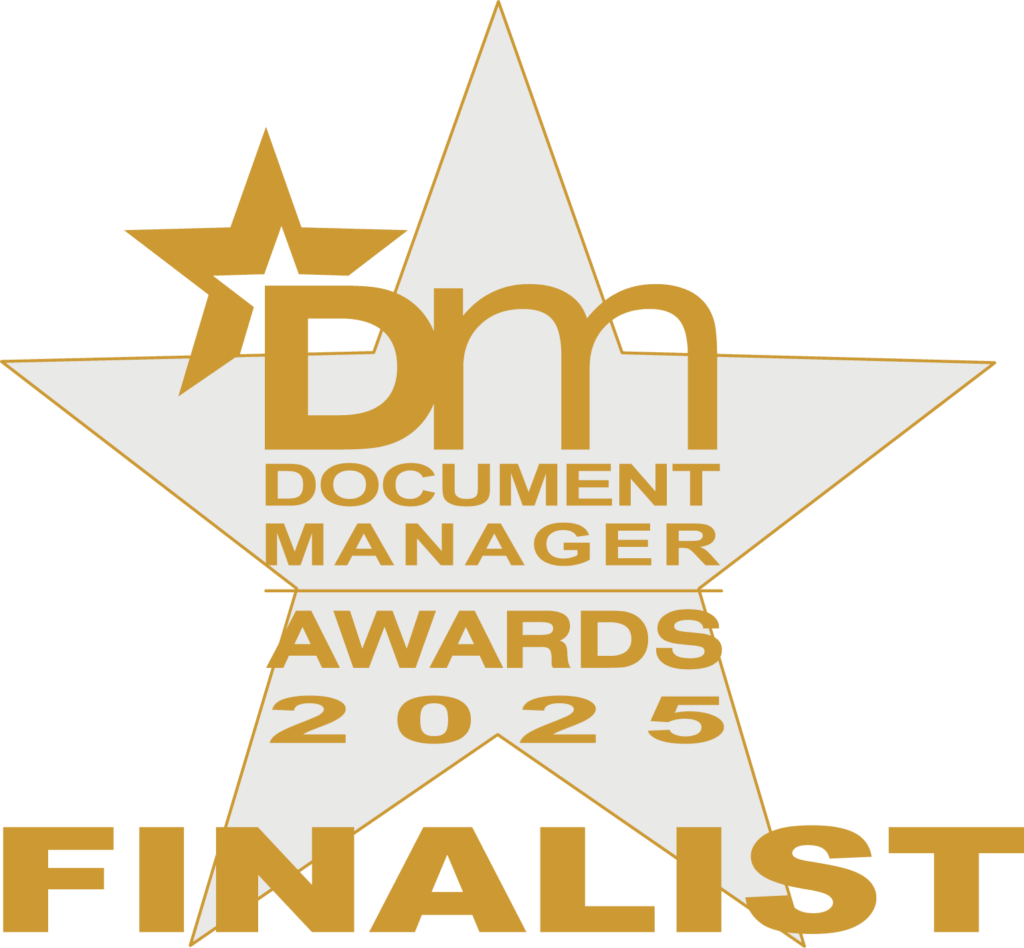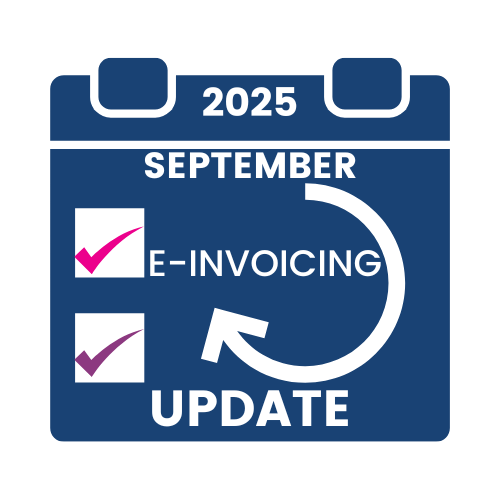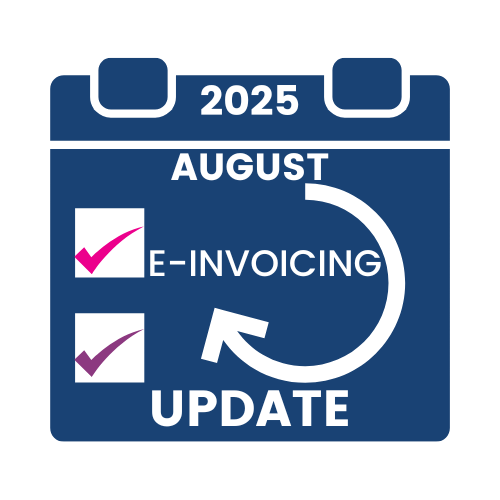Introduction: The Hidden Risks of a December Year-End
For many UK companies, aligning the fiscal year with the calendar year seems logical. But for the finance teams that it affects, a December Year End creates operational bottlenecks, compliance risks, and staff burnout. The perfect storm of reduced resources around the holiday season, along with many companies closing their doors between Christmas and New Year making December a 3 week month means the whole finance team are under pressure.
1. Year-End Close Collides with the Holiday Season
December is a month of reduced staff availability and supplier downtime. AP teams face intense pressure to process invoices and close the books. The challenges include:
- Delayed Approvals: Key approvers are often on holiday, leaving invoices stuck in workflows.
- Manual Workarounds: To meet deadlines, teams bypass controls, increasing error risk.
- Supplier Frustration: Late payments during the festive season can damage relationships.
2. Heightened Risk of Errors and Fraud
Compressed timelines mean less time for validation and reconciliation. This can lead to:
- Duplicate Payments: Rushed processing increases the likelihood of paying the same invoice twice.
- Incorrect Accruals: Misjudging accruals distorts financial statements.
- Fraud Vulnerability: Fraudsters exploit busy periods to slip in fake invoices.
For CFOs, these risks translate into compliance breaches and reputational damage.
3. Supplier Cut-Offs and Cash Flow Crunch
Suppliers often push for payment before year-end, creating a spike in requests. This leads to:
- Cash Flow Strain: Large outflows in December impact liquidity.
- Negotiation Pressure: Limited time reduces leverage for better payment terms.
4. Impact on Staff Wellbeing and Retention
Year-end stress is not just financial. AP teams often work overtime, leading to burnout and dissatisfaction, which can affect retention in a competitive talent market.
5. Regulatory and Audit Pressures
For enterprises under UK GAAP or IFRS, accurate year-end reporting is critical. Any discrepancies caused by rushed AP processes can delay audits and increase costs.
Strategies to Mitigate December Year-End Risks
CFOs and AP managers can take proactive steps:
1. Automate Invoice Processing
Manual invoice handling during December is a recipe for delays and errors. AP automation software can:
- Route invoices for approval instantly, even if approvers are remote.
- Apply automated matching (PO, invoice, and goods receipt) remove the need for manual checks and enable straight through processing. Invoices can go from arrival into an email box to approved, coded and posted into the Finance system ready for payment in minutes.
- Exception workflow routes invoices out to the wider business and chases approvals, GRNs etc without AP team getting involved but keeps the visibility of the process and logs the touches for full audit trail.
- Duplicates are flagged and rejected at source using AI-driven validation.
2. Implement Early Cut-Off Planning
Set clear internal and external deadlines for invoice submission and approvals:
- Communicate cut-off dates to suppliers by mid-November.
- Encourage departments to submit purchase orders early.
- Use automated reminders for approvers to avoid bottlenecks.
3. Strengthen Internal Controls
Year-end pressure can lead to control lapses. Reinforce:
- Duplicate Payment Checks: Use system-based alerts before processing.
- Fraud Detection: Deploy tools that flag suspicious vendors or unusual invoice patterns.
- Approval Hierarchies: Ensure no shortcuts bypass critical sign-offs.
4. Scenario Planning for Cash Flow
December often brings heavy payment runs. CFOs should:
- Forecast cash outflows for December and January.
- Secure short-term financing or adjust credit lines if needed.
- Negotiate extended payment terms with suppliers well in advance.
5. Leverage Supplier Portals
Supplier self-service portals can:
- Reduce inbound queries about payment status.
- Allow suppliers to upload invoices directly, speeding up processing.
- Improve transparency and trust during a high-pressure period.
6. Review Year-End Calendar Alignment
If December year-end consistently causes strain, consider:
- Moving to a fiscal year-end in March or another less disruptive period
- Run a trial close in November to identify any issues early in the process
- Aligning with industry norms or regulatory flexibility where possible.
Is a December Year-End Right for Your Business?
While tradition often dictates a 31st December year-end, CFOs should weigh operational strain against benefits. For some enterprises, shifting to a different fiscal year-end can alleviate pressure and improve accuracy. A December year-end isn’t inherently wrong, but it demands foresight, technology, and robust processes. For AP managers and CFOs, the goal is not just to survive year-end, but to make it predictable, controlled, and compliant.
Make your next year end a dream! Get in touch with the [email protected]





